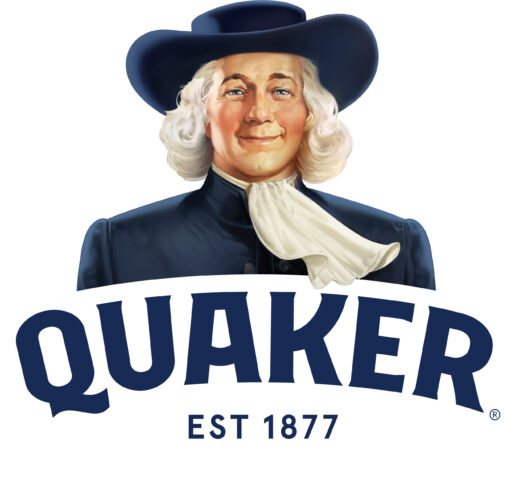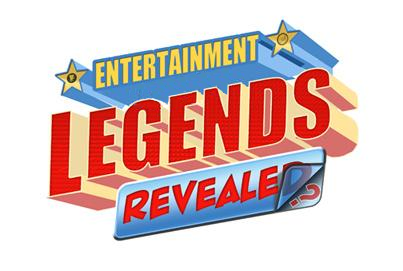Did Quaker Oats Experiment On Children With Radioactive Cereal?
Here is the latest in a series of examinations into urban legends related to cuisine (chefs, dishes, etc.) and whether they are true or false.
CUISINE URBAN LEGEND: Quaker Oats ran experiments on children using radioactive cereal.
In 1877, Henry D. Seymour and William Heston formed what would become the Quaker Oats Company, which was famous for its oatmeal (it is STILL famous for its oatmeal, but nowadays there are a lot more breakfast options being mass-produced. Back in the turn of the 20th Century, the pickings were a good deal less robust, so Quaker Oats was a HUGE deal).

In the 1890s, their biggest competitor, the breakfast porridge known as Cream of Wheat, debuted.
The two companies fought tooth and nail as the two major mass produced breakfast meals of the early 20th Century and when World War II ended and the boom in both suburban living and kids being born in general made breakfast an even bigger deal. Quaker Oats’ sales reached almost $300 million after the War. One of their biggest sales pitches was how healthy oatmeal was, as this was around the time that dietary guidelines were actually pushed by the government for the first time.
Thus, it was a big blow when a study announced that high levels of phytate (which would be found in oats) could interfere with the absorption of iron in the body, something that was not the case with wheat. So suddenly Cream of Wheat had a big feather in its health cap that it could use against Quaker Oats.
So Quaker Oats decided to fund an experiment to prove that oatmeal delivered iron to the body fine, while also showing that oatmeal did similar things for calcium. HOW they went about it was very, very messed up and eventually cost the company over a million dollars due to a lawsuit.
The Experimental School for Teaching and Training Idiotic Children, founded in 1848 in Boston, moved to Waltham, Massachusetts in 1888. It was one of the most famous schools designed for housing mentally handicapped children (of course, this was based on the standards of the era, so a good deal of the students had no cognitive disabilities). Its third superintendent, Walter E. Fernald, was a big proponent of Eugenics and there were some sterilizations during his time there. After he passed away, the school was re-named in his honor as the Walter E. Fernald State School.
In 1946, Quaker Oats teamed up with MIT and Harvard University (and through MIT, really with the Atomic Energy Commission, since they had a contract with MIT at the time for studies in radiation) to do a seven-year long study where they would form a “Science Club” at the Fernald School, giving the kids free breakfast and tickets to Red Sox games and in exchange, the kids would help do studies for nutrition. What the parents of the kids (and the kids themselves) were not told was that the study involved putting radioactive tracers in the iron in the oats and the calcium in the milk to study how iron and calcium were absorbed into the body.
Writing about the experiments in 1994, the Advisory Committee on Human Radiation Experiments reported:
In 1946, one study exposed seventeen subjects to radioactive iron. The second study, which involved a series of seventeen related subexperiments, exposed fifty-seven subjects to radioactive calcium between 1950 and 1953. It is clear that the doses involved were low and that it is extremely unlikely that any of the children who were used as subjects were harmed as a consequence. These studies remain morally troubling, however, for several reasons. First, although parents or guardians were asked for their permission to have their children involved in the research, the available evidence suggests that the information provided was, at best, incomplete. Second, there is the question of the fairness of selecting institutionalized children at all, children whose life circumstances were by any standard already heavily burdened.
So yeah, the radioactive tracers likely didn’t really HURT the kids, but you don’t put radiation into kids without telling them! Shockingly, though, informed consent for experiments really didn’t become a thing until the 1970s, when the Tuskegee experiment (where doctors studied the effects of untreated syphilis in Black sharecroppers for forty years while telling the sharecroppers that they were getting free medical treatment) shocked the whole country and regulations were formed in 1974.
A 1995 class action lawsuit (the kids didn’t even KNOW what happened to them for years, until the information was declassified in 1993) settled for $1.85 million from MIT and Quaker.
The experiments actually DID prove that oatmeal didn’t cause any problems for the absorption of iron and calcium (and the later experiments, where they just outright injected calcium into kids, taught us how calcium was absorbed and expelled from the body, so we learned that calcium goes straight to the bones and is expelled in urine. This was very important information for the study of osteoporosis), but come on, people! You TELL people if you’re injecting them with radiation!
The legend is…
STATUS: True
Feel free (heck, I implore you!) to write in with your suggestions for future installments! My e-mail address is bcronin@legendsrevealed.com.
Tags: quaker oats





